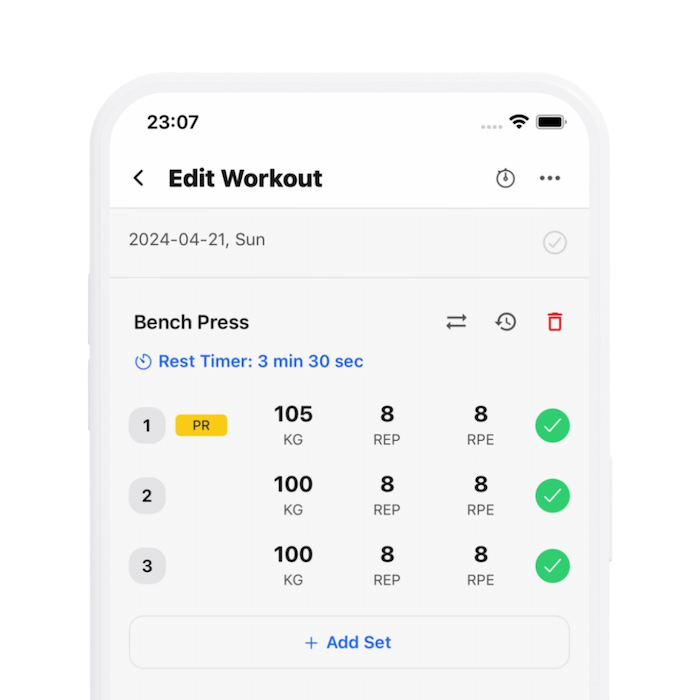30 Seconds SummaryWhat is the Most Accurate Way to Measure and Track Body Composition?
- The most accurate method for measuring body composition is cadaver dissection, but commonly used methods include underwater weighing (UWW), air displacement plethysmography (BodPod), bioelectrical impedance, and skinfold measurements.
- UWW, also known as hydrostatic weighing, uses the Archimedes principle to estimate body fat percentage and has been considered the 'gold standard.' However, its accuracy can be affected by factors like hydration, ethnicity, and the equations used for calculations.
- BodPod measurements are similar to UWW but use air displacement to estimate body density. This method is reliable and quick, though results can vary significantly depending on the tightness of the clothing worn during testing.
- Bioelectrical impedance analysis can be affected by hydration status, making it less reliable for consistent tracking of body composition changes.
- Skinfold measurements with calipers are a common and accessible method, though heavily reliant on the skill of the person conducting the test and consistent methodology.
- Dual-energy X-Ray Absorptiometry (DXA) is a more advanced technique that also measures bone density. While highly regarded, the accuracy of DXA also depends on assumptions and can vary across different machines.
- Tracking individual changes in body composition can be more error-prone than group measurements, with a likely error margin of ±4% for individuals.
- Improving the accuracy of body composition tracking can be done by controlling variables such as exercise, clothing, and hydration status prior to testing, and using consistent testing methods.
Biolayne
Eric Trexler
